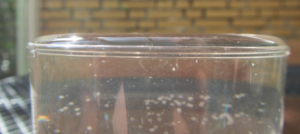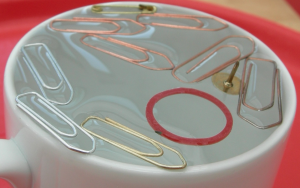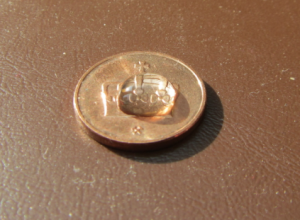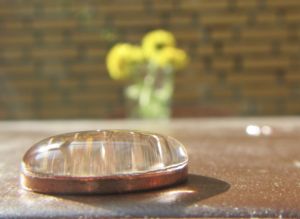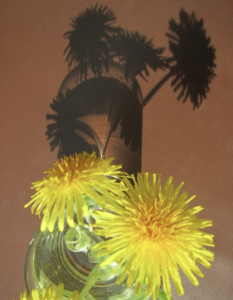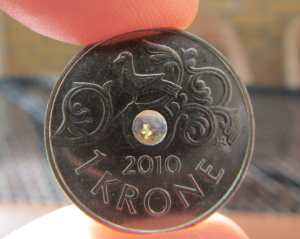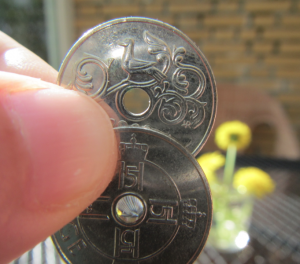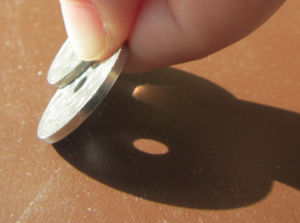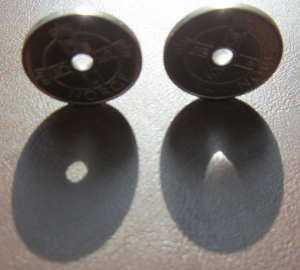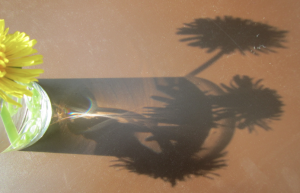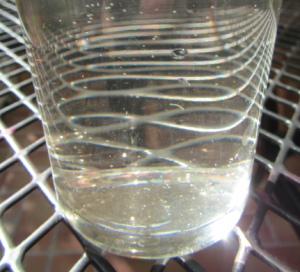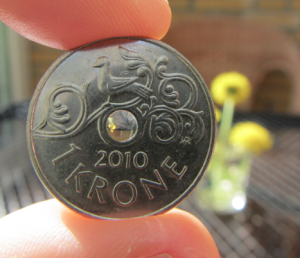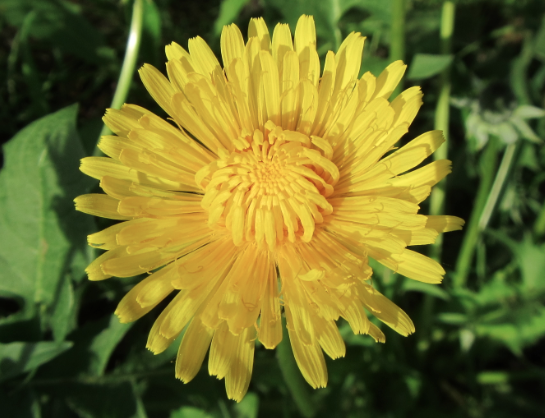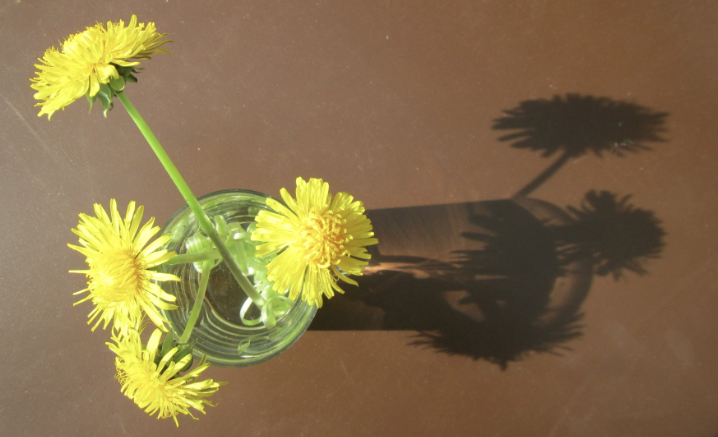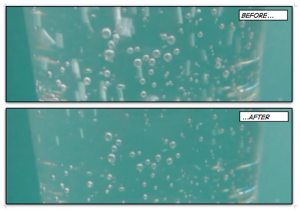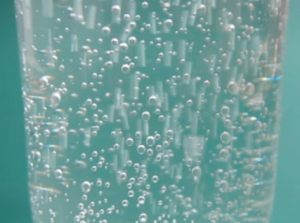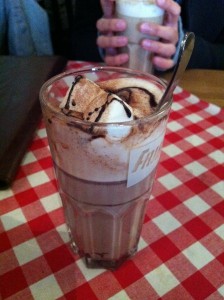How to destroy surface tension.
Remember how in this post my parents sent me a picture of the experiment that I didn’t get to work out?
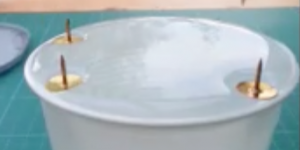
Stuff floating on an overfull cup of water. All because of surface tension.
Later the same day they sent me the movie below, demonstrating first how to put stuff on the surface without it sinking, and then how to destroy the surface tension using a tooth pick that is dipped in washing-up liquid.
Isn’t it curious how sometimes the surface tension breaks down right away and sometimes it doesn’t? I need might have to try this for myself again. Like right now. It’s bugging me so much that it didn’t work the first time round!

